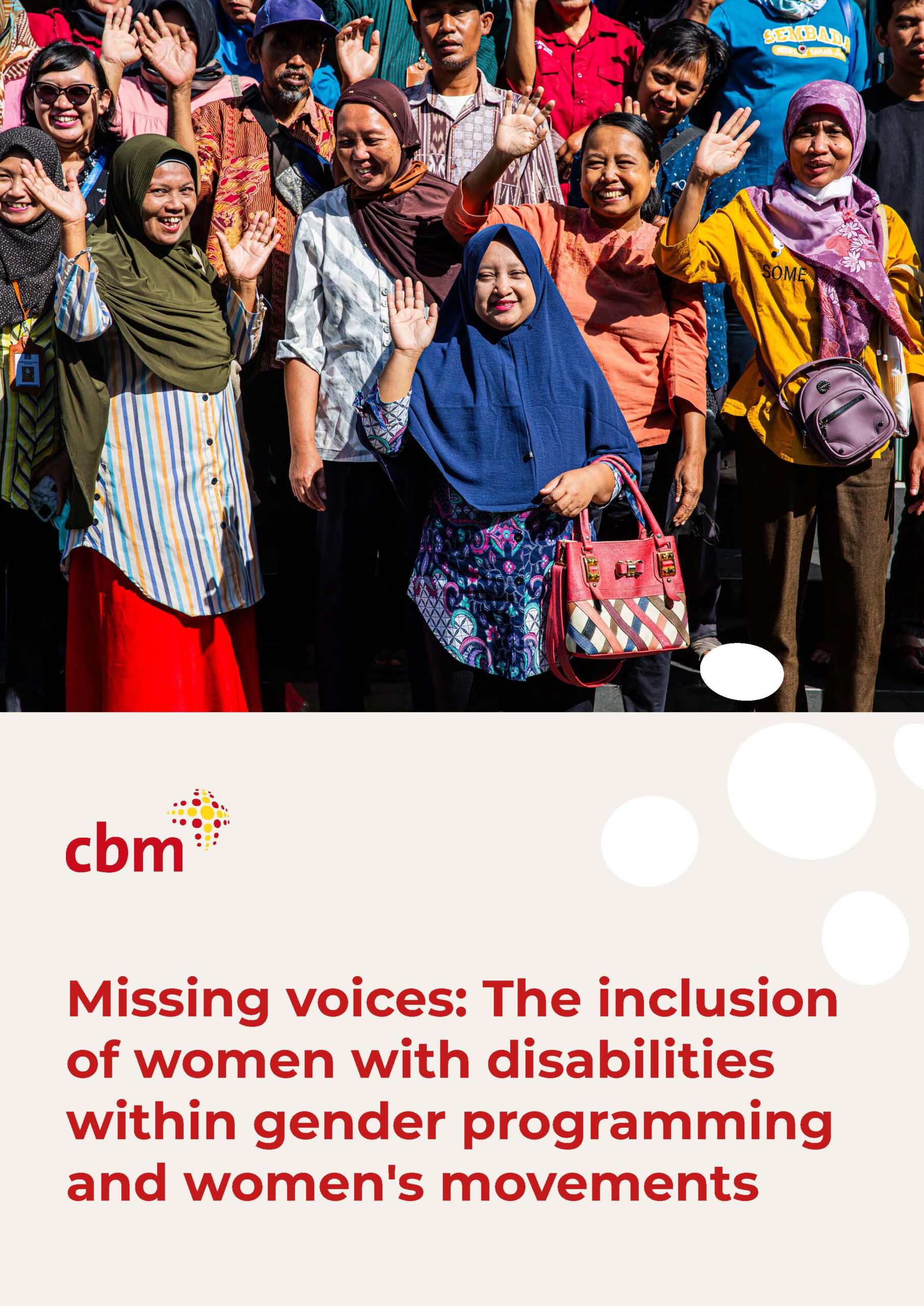
This paper provides a snapshot of current practice in DFAT-funded gender programming, and in women’s rights movements across the Indo-Pacific region. It highlights that within both gender programs and women’s movements, there are shifts towards greater understanding of disability and improved efforts to represent women with disabilities over the past five to ten years. Yet significant gaps remain – which means programs and movements overlook the needs and rights of women with disabilities, particularly the most marginalised women, including those with intellectual and psychosocial disabilities.
To promote and drive progress in this area, this paper identifies good practice in the involvement of women with disabilities in mainstream gender programming, as well as women’s movements, within the Indo-Pacific region. It identifies recommendations and next steps for the Australian development sector, including donors and implementing organisations, and for women’s rights movements.
